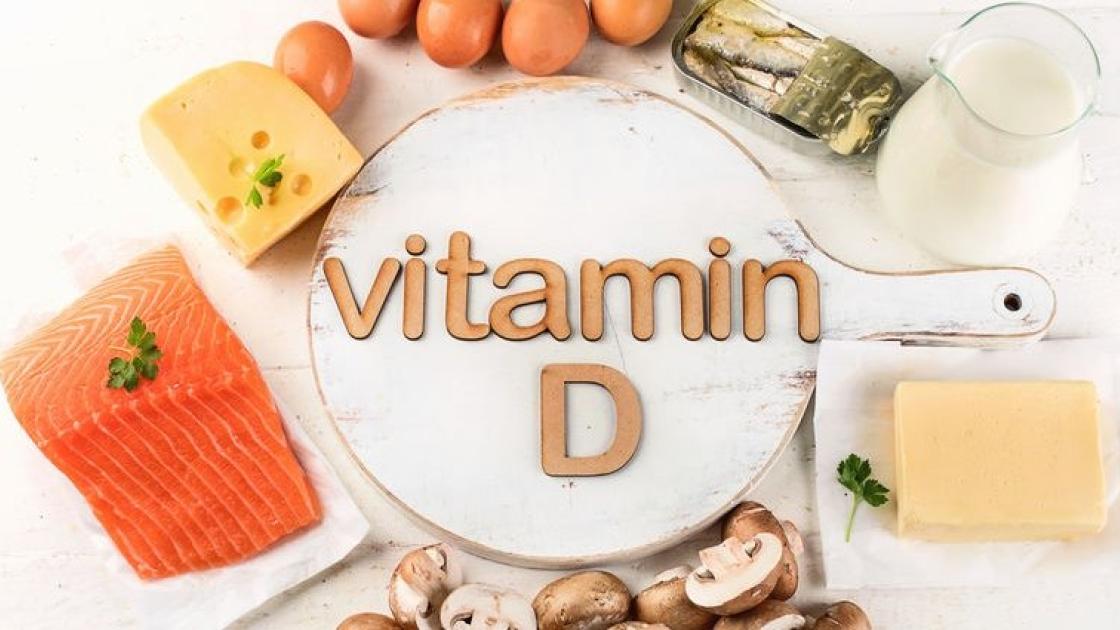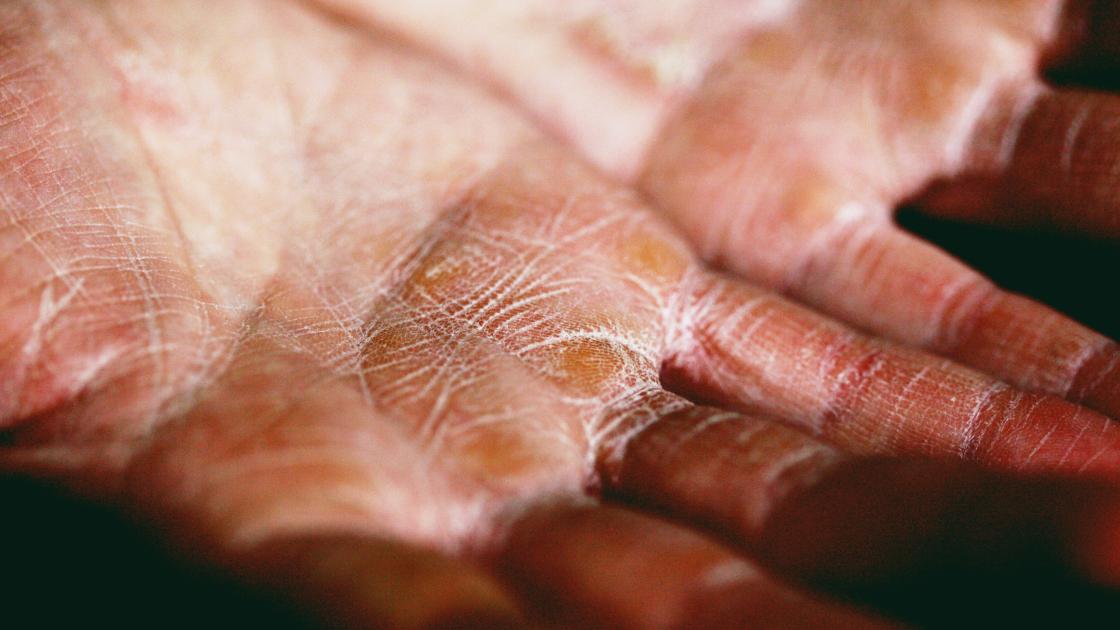
Vitamin D and your immune system – Top foods to eat
During this shelter-at-home time, we’re all trying to be extra careful about what we’re eating – plenty of fruits and vegetables for strong immunity, plenty of water for good hydration, plenty of exercise.
We may want to add plenty of vitamin D to the list.
Known as the sunshine vitamin, our bodies can actually make vitamin D when exposed to sunlight. However, dark winter days, abundant rain and even sunscreen make it more difficult in central Illinois.
Up to 50 percent of the world’s population may not get enough sun, and 40 percent of U.S. residents are deficient in vitamin D. We simply spend too much time indoors, wear sunblock outside and eat a diet low in good sources of vitamin D.
Now there’s another reason to think about vitamin D. There’s plenty of research underway to see if vitamin D protects against COVID-19. Most of it is preliminary, but there’s a handful of recent studies that claim vitamin D may play a role in both the severity of COVID-19 and the risk of developing the disease.
The empty shelves at grocery stores might lead you to believe the research is conclusive. At this point, there isn’t proof that vitamin D status plays a role in the risk of death from COVID-19.
However, there’s plenty of proof that vitamin D is important for a healthy diet. It helps to regulate the amount of calcium and phosphate in the body, both of which are needed to keep bones, teeth and muscles healthy. And there is much to gain by having better vitamin D status.
What can you eat to boost your vitamin D levels?
Here are six healthy foods that are high in vitamin D:
- Salmon, especially wild salmon. Wild salmon contains about 988 IU (international units) of vitamin D per serving, while farmed salmon contains 250 IU, on average.
- Herring and sardines. Fresh Atlantic herring provides 216 IU per serving. Pickled herring, sardines and other fatty fish, such as halibut and mackerel, are also good sources.
- Canned tuna. Canned light tuna packs up to 268 IU of vitamin D in a 5 ounce serving.
- Egg yolks. A typical egg yolk has 37 IU of vitamin D. The levels depend on the chicken’s exposure to the sun and the vitamin D content of the chicken feed. Chickens that roam outside have higher levels. (Just like us.)
- Mushrooms synthesize vitamin D when exposed to UV light. Wild mushrooms are excellent sources, but for commercially grown mushrooms, the amount depends on whether the mushrooms were exposed to UV light. If they were, it will be listed on the label.
- Fortified foods. Milk, soy milk, orange juice, cereals and oatmeal are often fortified with vitamin D, anywhere from 54 to 136 IU per serving.
The bottom line is vitamin D may or may not play a role in COVID-19, but be assured, it does play a role in your health. Have your doctor check your level, especially if you’re over 50. And add some vitamin-D rich foods to your diet to make sure you get enough of this important nutrient.




